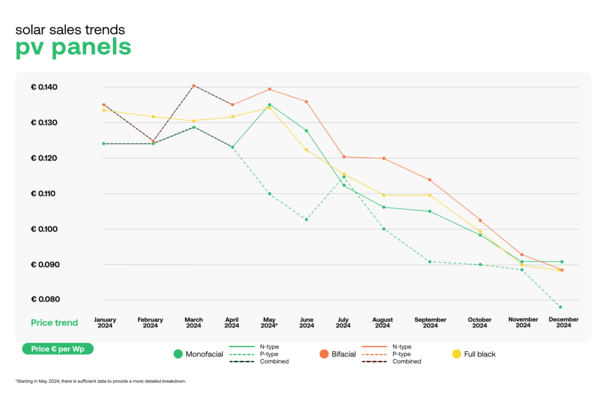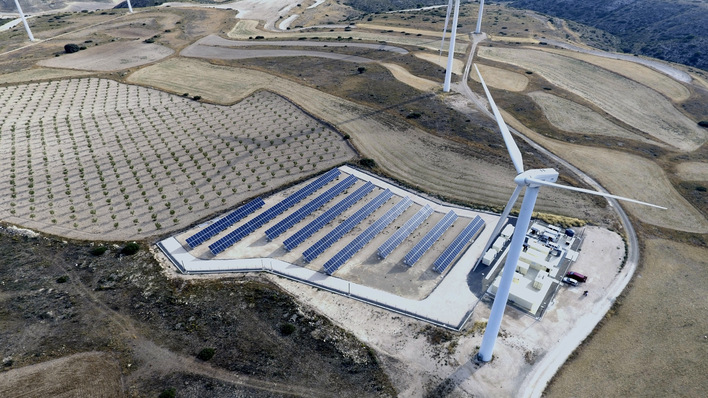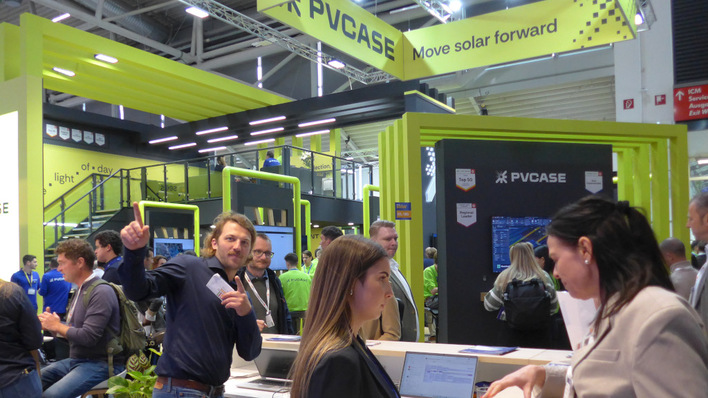Europe’s power system is undergoing a major transformation, putting pressure on the reliability of its infrastructure. The sharp rise in renewables has increased supply variability, while grid connection requests have surged across the EU – Lithuania alone saw a 1,425% increase in 2022. Grid congestion is also rising as more distributed assets come online. At the same time, cyber-attacks and extreme weather events are becoming more frequent. According to Eurelectric’s report Technologies Supporting Grids for Speed, existing technologies can help manage this complexity, optimise the grid, enable renewable integration and reduce overall investment costs.
Existing technologies can help manage this complexity, optimise the grid, support renewable integration and reduce overall investment costs, according to Eurelectric’s report Technologies Supporting Grids for Speed. “When reinforcing our grids, we must do it in a way that keeps system costs in check. Today we launch new tools to help policymakers control costs while increasing investments.” said Eurelectric’s Secretary General Kristian Ruby.
Increasing focus on integrated PV development
On load tap changer transformers keep voltage levels in check
Maintaining voltage levels within an appropriate range is essential to protect consumer equipment, but it’s not straightforward. Voltage fluctuations have become more common due to variable wind and solar generation, as well as increasingly dynamic loads from EV charging. On-load tap changers (OLTCs) can regulate voltage dynamically without requiring transformers to be shut down, unlike manual tap changers.
During periods of high supply and low demand, distribution system operators (DSOs) can tap the transformer down to maximise renewable integration, allowing voltage levels to rise while remaining within limits. Conversely, during peak demand, DSOs can tap the transformer up to, for example, accommodate greater electric vehicle (EV) penetration, allowing voltage levels to fall without exceeding thresholds. Carrying out such adjustments manually would be impractical given the frequency required, making OLTCs indispensable.
Their installation and operation require skilled personnel, as well as advanced monitoring and control systems. OLTCs must also be coordinated with other smart devices and grid infrastructure to ensure optimal system performance.
Dynamic line rating to maximise grid capacity
The conductivity of overhead power lines or underground cables varies in real time depending on temperature, solar radiation, wind speed and direction. Weather conditions influence the temperature of the lines and their sag — the extent to which they hang. Excessive sag can lead to contact with vegetation and cause power outages.
Traditionally, grid operators have not been able to quantify external conditions to determine a line’s capacity at any given time. DSOs typically apply extra caution when setting maximum capacity, ensuring that lines remain stable even in worst-case scenarios. This approach is known as conservative or static line rating. In contrast, dynamic line rating (DLR) measures in real time the maximum current a conductor can safely carry, enabling continuous optimisation of grid capacity.
This is made possible by sensors and control systems. For example, on a cool, cloudy and windy day, more power can flow through an overhead line than on a hot, sunny and calm one. DLR not only reduces the risk of power cuts but also helps mitigate grid congestion and strengthen supply security. However, its implementation can be hindered by high upfront costs and the absence of standardised regulation.
HTLS conductors increase power line capacity
High Temperature Low Sag (HTLS) conductors are specifically engineered to operate at higher temperatures with reduced sag compared to conventional types. Traditional aluminium conductors tend to sag significantly when heated, limiting power transmission and creating safety risks. HTLS conductors, by contrast, are designed to function efficiently at temperatures of up to around 250°C, compared to the typical 90°C to 150°C range of conventional conductors, thanks to the use of advanced materials.
Double investments in power distribution or lose race to net-zero
These technologies are tailored to specific situations, so their use depends on the particular issue and grid topology. To accelerate deployment, Eurelectric has identified four key enablers:
1. Policy – Regulation should take a forward-looking approach that incentivises investment in a technology-neutral way. Existing disincentives, such as investment caps and outdated remuneration structures, must be urgently addressed, especially where technologies increase operating expenditure (OPEX).
2. Innovative investment strategies – New working models are needed to support implementation. These include anticipatory investments and greater operational flexibility.
3. Collaboration – Partnerships between governments, regulators, system operators, market players and customers are essential to foster innovation.
4. Skilled workforce – A workforce capable of deploying and managing these technologies is critical.
Digitalisation as key
Finally, digitalisation is a key prerequisite for operating these technologies. This includes digital systems for grid management and control, such as Supervisory Control and Data Acquisition (SCADA) and Advanced Distribution Management Systems (ADMS). Accurate data must be collected through smart meters, sensors and other remote control and metering devices. A reliable and secure communication network is also essential to ensure smooth data flow between devices, substations and control centres.
Clear regulation required for grid digitalisation
New data: Eurelectric's new report was complemented by a new interactive DSO map to show EU countries' national infrastructure investment need, energy consumption and supply data. (hcn)









